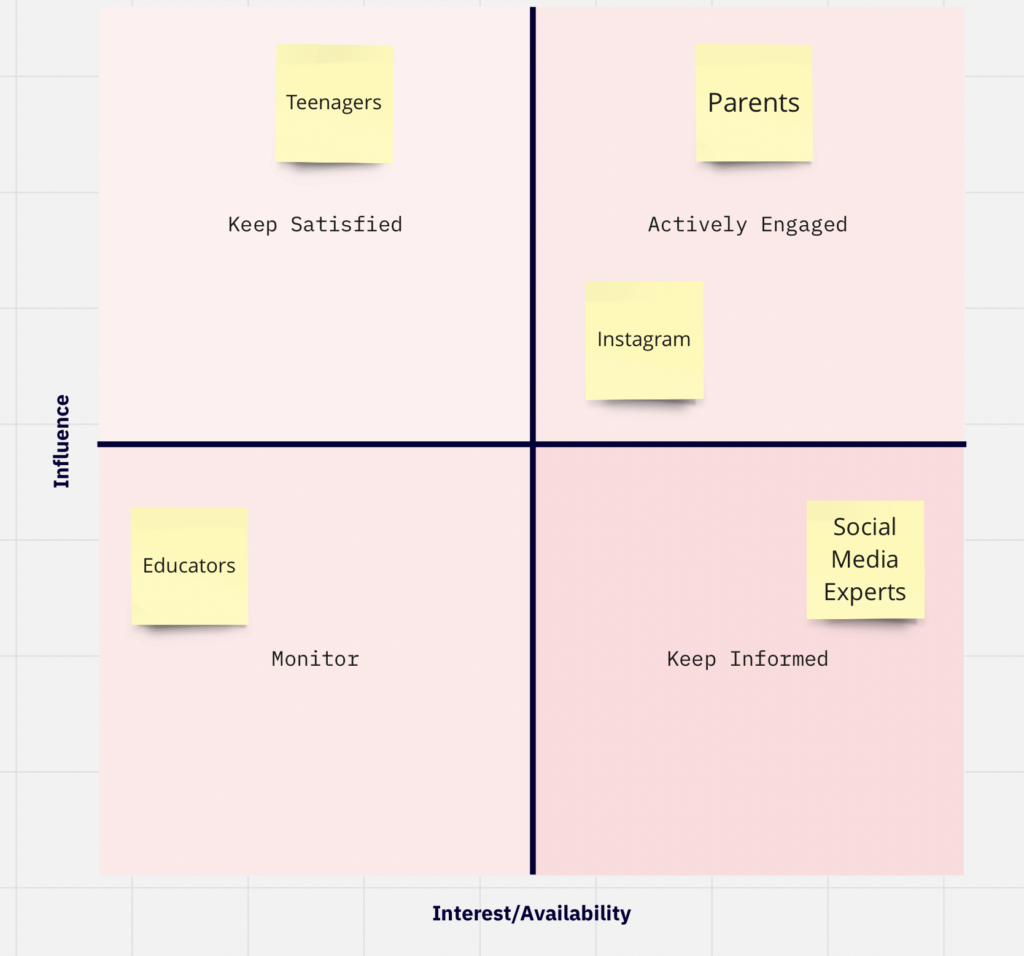As the start of my Master’s thesis is now getting closer and closer, I am now looking more closely at existing literature and studies in this area. I came across a very interesting paper that covers many of the areas relevant to my research. It also refers to many studies that support the statements and I intend to make a note of these for a more detailed analysis in the psychological field. This paper is therefore a good starting point and an overview of important points that need to be considered and examined in more detail.
It is about the growing challenges in the area of children’s and young people’s mental health. It emphasizes that the use of social media and online platforms could play a potential role in these problems. The paper emphasizes the long-term effects of children’s interactions with social media on mental and physical health. I think the parts that deal with neuroscientific principles, the behavior of children and adolescents in social media and the effects this has on brain development are particularly exciting. Various areas and features of social media are highlighted here and how they affect a teenager’s brain. This is definitely a very exciting point and my plan is to delve more into studies in this area so that I can use this data as the basis for my master’s thesis.
